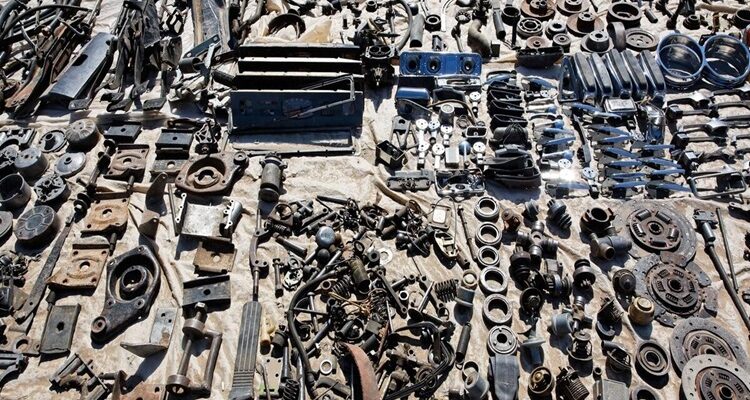Counterfeit car parts are a major problem in the auto industry. These fake parts are often of poor quality, and can even be dangerous to use. They can cause damage to your vehicle and put your safety at risk. Unfortunately, it can be difficult to spot a fake car part, as they’re often designed to look like the real thing. In this article, we will explore some ways to spot a fake car part to help you protect your vehicle and your safety.
Table of Contents
Look for a brand name or logo
Most genuine parts will have a brand name or logo on them, and this is often one of the first things to look for when trying to spot a fake. If the part doesn’t have a brand name or logo, or if the logo looks different from what you’re used to seeing, it’s likely to be a fake. Find helpful tips on identifying genuine parts by visiting the resources available on Colourpop.
Look at the packaging
Genuine parts will often come in packaging that is designed to protect the part and to make it easy to identify. If the packaging looks cheap or flimsy, or if it doesn’t have any information about the part, it’s likely to be a fake.
Look at the price
Genuine parts are often expensive, and if the price seems too good to be true, it probably is. Be wary of parts that are significantly cheaper than their retail price, as they may be counterfeit.
Look at the quality of the part
Genuine parts are often of high quality and will have a good finish and smooth edges. As an illustration, a genuine BMW oil pan undergoes meticulous manufacturing processes to ensure impeccable precision, allowing it to seamlessly integrate into the engine assembly of the vehicle as intended.
If the part looks cheap or flimsy, or if it has rough edges or poor quality, it’s likely to be a fake.
Check for certifications or standards
Genuine parts are often certified to meet certain standards, and if the part doesn’t have any certifications, it’s likely to be a fake. Additionally, it’s important to purchase parts from reputable sellers, as they are more likely to sell genuine parts.
Look at the warranty
Genuine parts will often come with a warranty from the manufacturer, while fake parts may not have any warranty. Additionally, the warranty offered by fake parts may be shorter or less comprehensive than the warranty offered by genuine parts.
Lastly, it’s important to be aware of the warning signs of fake parts. Be wary of parts that are sold by unfamiliar sellers or that are sold at significantly lower prices than the retail price. Always opt for a reputable store like SuncentAuto for high-quality car parts.
What is the difference between genuine and non genuine parts?
When it comes to choosing vehicle parts, the decision between genuine and non-genuine parts can often be confusing. Genuine parts are those that have been made by the original manufacturer of a vehicle, while non-genuine parts are copies or alternative of these parts produced by an independent company. Genuine parts are usually more expensive than their non-genuine counterparts due to their superior quality and compatibility with other components in the vehicle. Non-genuine components may not fit properly or last as long as genuine ones, making them a less reliable option when it comes to keeping your car running smoothly.
Genuine parts come with a warranty from the manufacturer which ensures that you can get any faulty part repaired or replaced if necessary. On the other hand, most non-genuine components do not come with a warranty at all so any issues will need to be paid for out of pocket.
Final Words
Spotting a fake car part can be tricky but is certainly possible with the right research. Knowing the signs of a counterfeit product, such as poor quality, low prices, and lack of authenticity marks, can help you make an informed purchase decision that will save you time and money. Additionally, it’s important to remember to look for reputable suppliers who provide genuine parts. By following these steps, you can rest assured that your car part is authentic and reliable.













Comments